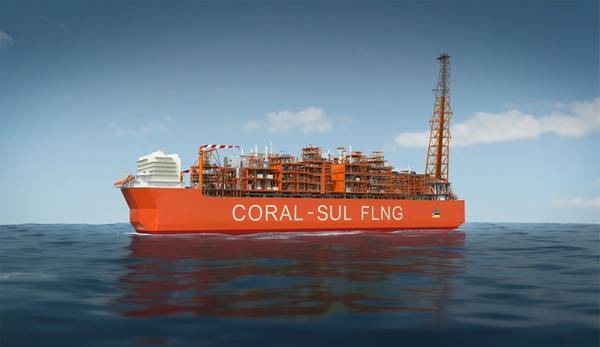Schlumberger Launches New Fluid Mapping-While-Drilling Service
SpectraSphere service uniquely enables the understanding of reservoir properties while drilling for improved reservoir characterization, well placement and reduction in overall well construction cost
Schlumberger has launched the new SpectraSphere* fluid mapping-while-drilling service at the 2017 Offshore Technology Conference.
The service is the industry’s first to deliver downhole fluid composition during drilling with real-time pressure measurements-while-drilling. Applicable in a variety of environments, from exploration wells to highly deviated development wells, SpectraSphere lowers risks associated with fluid analysis and sampling operations while enhancing well placement, maximizing reservoir contact and ultimately boosting future production.
“Understanding the parameters of the reservoir in real time is critical for all our customers during all stages of field development,” said Richard Brown, president, Drilling & Measurements, Schlumberger. “The SpectraSphere service enables customers to obtain laboratory-quality fluid analysis while drilling, which reduces the overall cost of operations and risks associated with conventional fluid analysis.”
The SpectraSphere service is the industry’s only service to enable real-time fluid mapping by providing critical fluid properties, including fluid composition, fluid typing, fluid fractions and gas/oil ratio while drilling. The reliable characterization of these properties is essential for estimating reserves, optimizing completions, designing surface facilities and meeting production goals.
The service has been field tested in the Gulf of Mexico, Middle East, Africa, the North Sea and offshore Malaysia. While developing a field offshore Malaysia, a customer used the new service to acquire formation fluid samples and pressure measurements in a highly deviated wellbore that intersected pressure-depleted zones with increased risk of differential sticking. The customer obtained all fluid samples and pressure measurements in one run, with fluid samples showing less than 1% contamination. The customer completed sampling in two hours per station and eliminated the need to conduct further formation testing in two additional wells, saving three operating days.











